Astronauts Play Ping Pong In Space Using Water And Hydrophobic Padels

Astronauts play ping pong in space using water and hydrophobic padels
[video]
More Posts from Intergalacticnerd and Others





February 7, 1984 – Astronauts Bruce McCandless II and Robert L. Stewart make the first untethered spacewalk using the Manned Maneuvering Unit (MMU) during mission STS-41B of the Space Shuttle Challenger.
(NASA)
What’s Up for May 2016?

What’s Up for May? Two huge solar system highlights: Mercury transits the sun and Mars is closer to Earth than it has been in 11 years.

On May 9, wake up early on the west coast or step out for coffee on the east coast to see our smallest planet cross the face of the sun. The transit will also be visible from most of South America, western Africa and western Europe.

A transit occurs when one astronomical body appears to move across the face of another as seen from Earth or from a spacecraft. But be safe! You’ll need to view the sun and Mercury through a solar filter when looking through a telescope or when projecting the image of the solar disk onto a safe surface. Look a little south of the sun’s Equator. It will take about 7 ½ hours for the tiny planet’s disk to cross the sun completely. Since Mercury is so tiny it will appear as a very small round speck, whether it’s seen through a telescope or projected through a solar filter. The next Mercury transit will be Nov. 11, 2019.

Two other May highlights involve Mars. On May 22 Mars opposition occurs. That’s when Mars, Earth and the sun all line up, with Earth directly in the middle.

Eight days later on May 30, Mars and Earth are nearest to each other in their orbits around the sun. Mars is over half a million miles closer to Earth at closest approach than at opposition. But you won’t see much change in the diameter and brightness between these two dates. As Mars comes closer to Earth in its orbit, it appears larger and larger and brighter and brighter.

During this time Mars rises after the sun sets. The best time to see Mars at its brightest is when it is highest in the sky, around midnight in May and a little earlier in June.

Through a telescope you can make out some of the dark features on the planet, some of the lighter features and sometimes polar ice and dust storm-obscured areas showing very little detail.

After close approach, Earth sweeps past Mars quickly. So the planet appears large and bright for only a couple weeks.

But don’t worry if you miss 2016’s close approach. 2018’s will be even better, as Mars’ close approach will be, well, even closer.
You can find out about our #JourneytoMars missions at mars.nasa.gov, and you can learn about all of our missions at http://www.nasa.gov.
Make sure to follow us on Tumblr for your regular dose of space: http://nasa.tumblr.com

This new NASA/ESA Hubble Space Telescope image shows three of Jupiter’s largest moons parade (seems the perfect word for it) across the giant gas planet. This happens only once or twice every 10 years.
Here’s a more clear view to it:




Highest point in Georgia
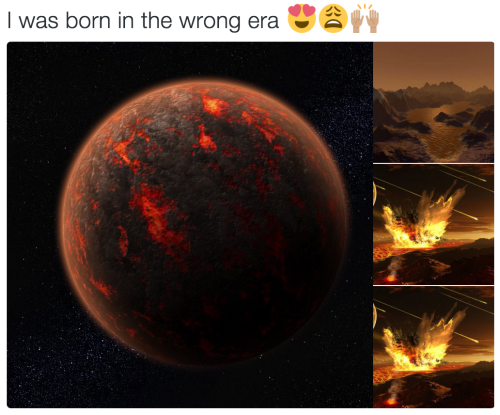
some of my favourite absolutely SICK facts about the trappist-1 exoplanets: - theyre all very close to one another and to their star, so the length of a year on them varies from 1 to 20 DAYS - since they’re so close, the star appears a lot bigger than our sun from earth, and from one planet you could easily see the rest, some would even appear bigger than the moon from earth. you could literally see the surface of another planet with a naked eye!!! - they’re tidally locked to their star like our moon is locked to earth, meaning only one side of a planet ever faces the star, and on the other side it’s always night. the sun never sets or rises on any of the planets - the star is red, so the sunlight is red/orange, meaning if, for example, plants were to grow there, they could be black and that’s just what we know now, imagine how much cool stuff we have yet to discover about the trappist-1 system
What’s Up for January?

A meteor shower, a binocular comet and the winter circle of stars. Here are the details:
Quadrantid Meteor Shower

The Quadrantid meteor shower on Jan. 4 will either sizzle or fizzle for observers in the U.S. The shower may favor the U.S. or it could favor Europe depending on which prediction turns out to be correct. For viewing in the United States, observers should start at 3 a.m. EST. The peak should last about two hours with rates of 120 meteors per hour predicted in areas with a dark sky.
Comet Catalina

In the middle of the month, midnight to predawn will be primetime for viewing Comet Catalina. It should be visible with binoculars if you have a dark sky, but a telescope would be ideal. Between the 14th and 17th the comet will pass by two stunning galaxies: M51, the whirlpool galaxy and M101, a fainter spiral galaxy.
Constellation Orion

Winter is also the best time to view the constellation Orion in the southeastern sky. Even in the city, you’ll see that it’s stars have different colors. Not telescope needed, just look up a few hours after sunset! The colorful stars of Orion are part of the winter circle of stars.
Make sure to follow us on Tumblr for your regular dose of space: http://nasa.tumblr.com
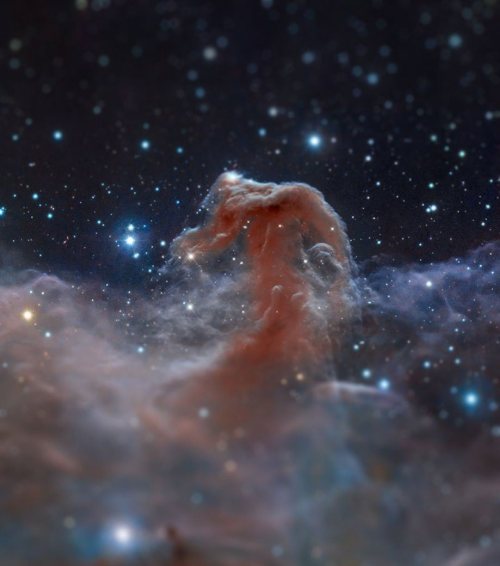
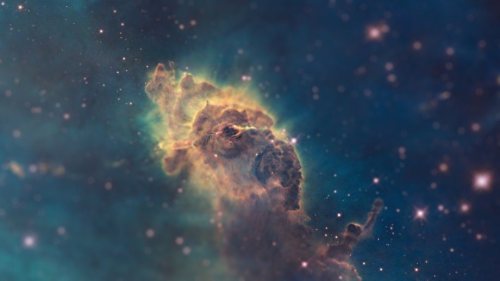
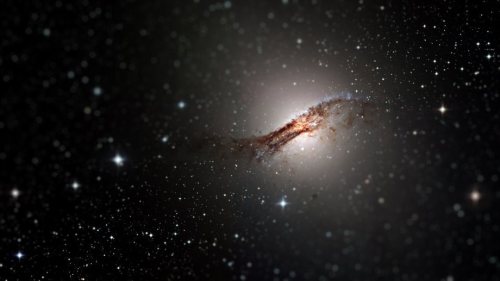
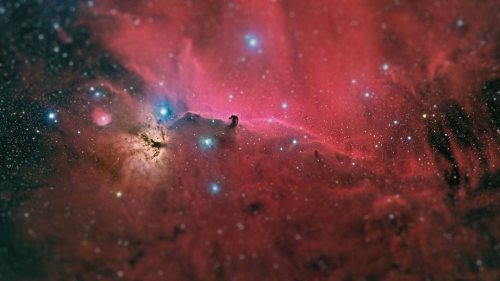
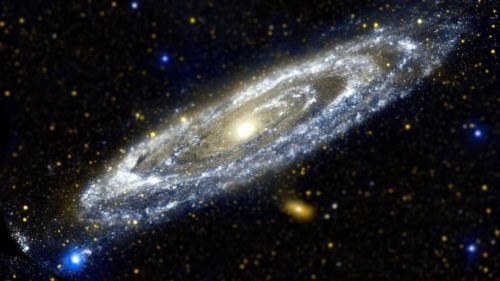
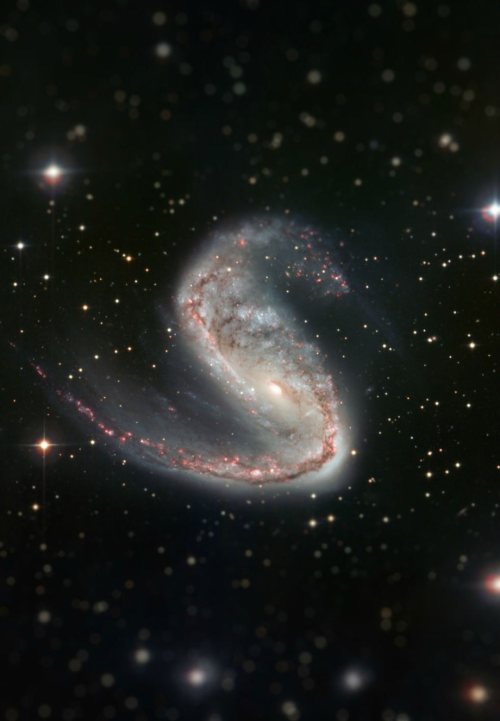
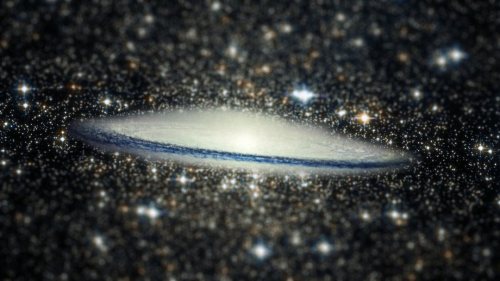
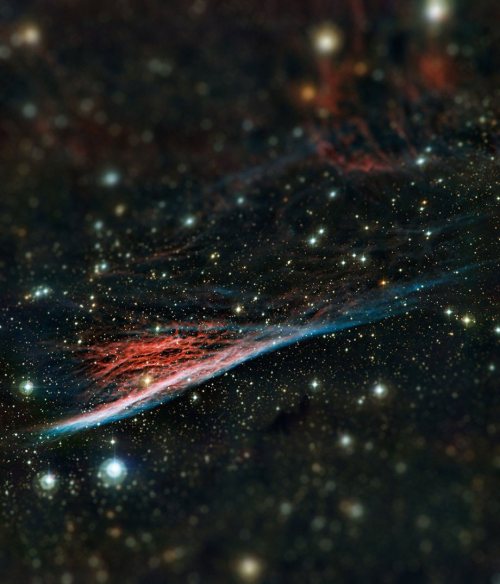
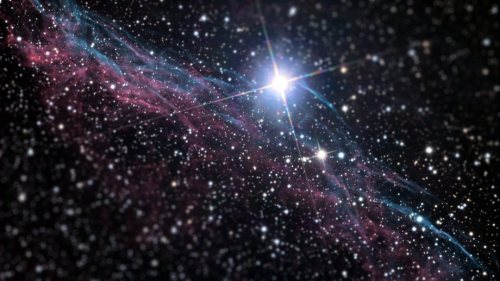
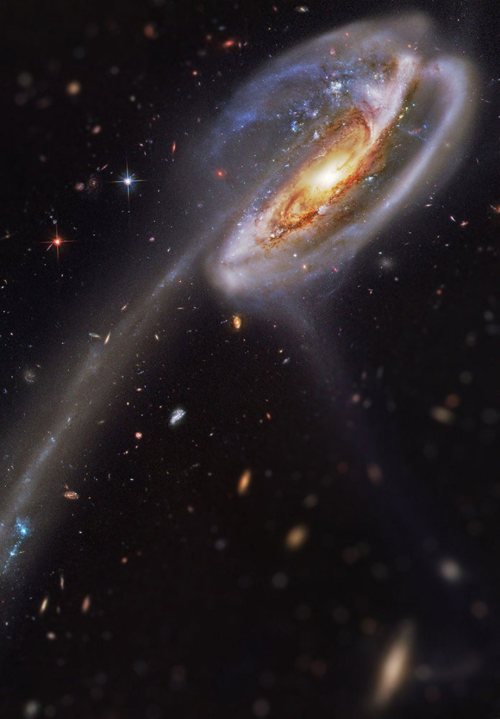
Tilt Shift filters applied to Hubble Space Telescope photos.
Tilt Shift filters make the foreground and background of images more blurred, changing the depth of field of these images.
(x)
[Click for more interesting science facts and gifs]
-
 callpocanife liked this · 1 year ago
callpocanife liked this · 1 year ago -
 justremainingmyself liked this · 2 years ago
justremainingmyself liked this · 2 years ago -
 a-secret-land liked this · 4 years ago
a-secret-land liked this · 4 years ago -
 twofoes reblogged this · 5 years ago
twofoes reblogged this · 5 years ago -
 aro-acedumbass liked this · 5 years ago
aro-acedumbass liked this · 5 years ago -
 wlwarhammer reblogged this · 5 years ago
wlwarhammer reblogged this · 5 years ago -
 wlwarhammer liked this · 5 years ago
wlwarhammer liked this · 5 years ago -
 glaxyjellyfish reblogged this · 5 years ago
glaxyjellyfish reblogged this · 5 years ago -
 glaxyjellyfish liked this · 5 years ago
glaxyjellyfish liked this · 5 years ago -
 yourhipstergranny liked this · 5 years ago
yourhipstergranny liked this · 5 years ago -
 godforbidwomenhavehobbies liked this · 5 years ago
godforbidwomenhavehobbies liked this · 5 years ago -
 a-stew reblogged this · 5 years ago
a-stew reblogged this · 5 years ago -
 swarmofmoths liked this · 5 years ago
swarmofmoths liked this · 5 years ago -
 remy-the-rat-official liked this · 5 years ago
remy-the-rat-official liked this · 5 years ago -
 inbetweensunkisses reblogged this · 5 years ago
inbetweensunkisses reblogged this · 5 years ago -
 jaammiiee22 liked this · 5 years ago
jaammiiee22 liked this · 5 years ago -
 trecetrecetrece reblogged this · 6 years ago
trecetrecetrece reblogged this · 6 years ago -
 ninjagoforever reblogged this · 6 years ago
ninjagoforever reblogged this · 6 years ago -
 queerpanicc liked this · 6 years ago
queerpanicc liked this · 6 years ago -
 be-dream liked this · 6 years ago
be-dream liked this · 6 years ago -
 clearlyglorioushologram liked this · 6 years ago
clearlyglorioushologram liked this · 6 years ago -
 isacoremeow liked this · 6 years ago
isacoremeow liked this · 6 years ago -
 nick2018vick liked this · 6 years ago
nick2018vick liked this · 6 years ago -
 world-of-dragons reblogged this · 6 years ago
world-of-dragons reblogged this · 6 years ago -
 simredas liked this · 6 years ago
simredas liked this · 6 years ago
"Astronomy compels the soul to look upwards and leads us from this world to another." - Plato
147 posts
